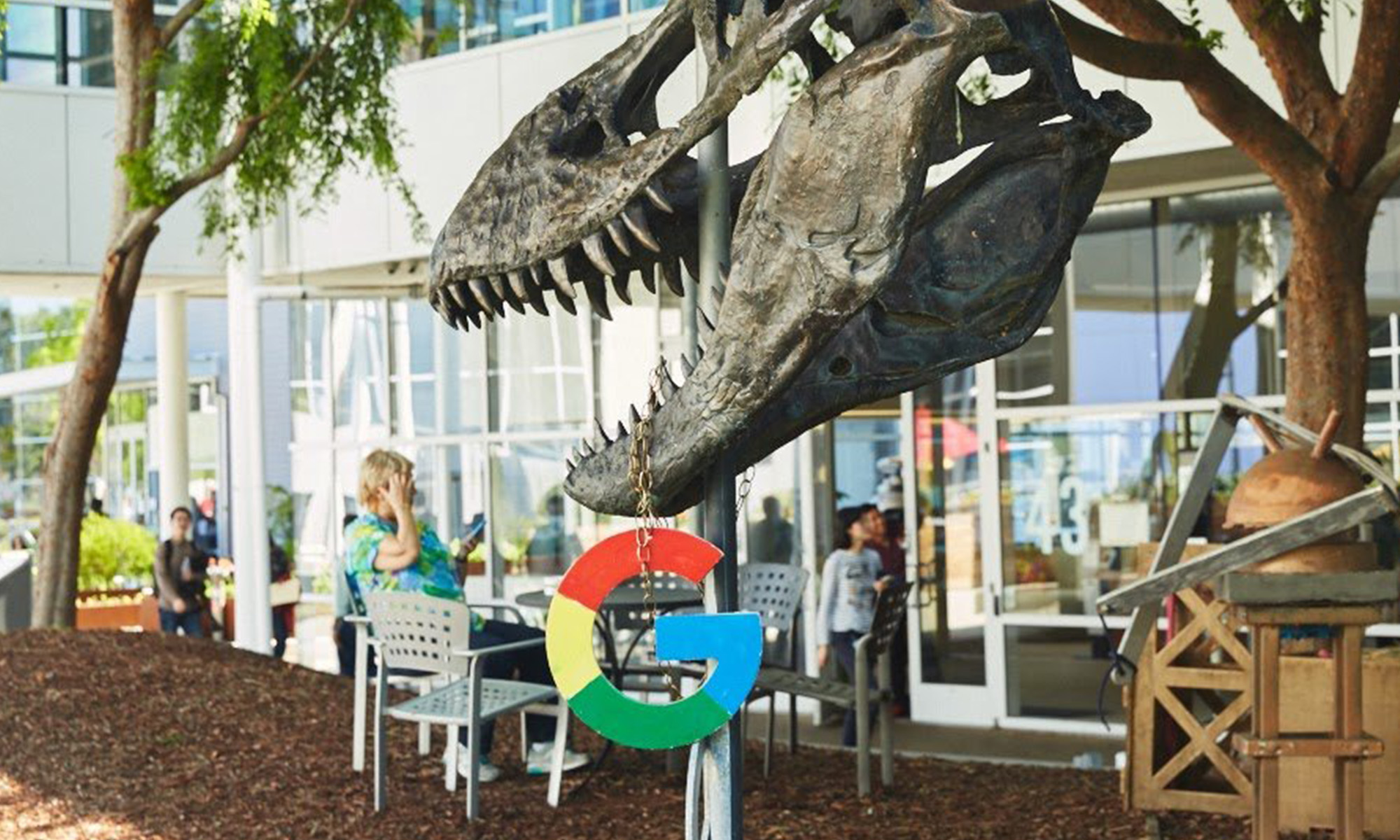Perhaps the market is learning its lesson.
In late 2014, Facebook (FB +0.79%) shares fell after the company warned that 2015 would see a significant increase in total costs. At the time, operating expenses were expected to jump 55% to 75% from 2014 levels, and investors were none too happy with the prediction. In fairness, a decent chunk of that increase was attributable to the WhatsApp deal that had just closed (a deal I'm still skeptical about, even years later). But shares proceeded to recover and march ever higher.
The same thing happened two years later, nearly to the day. Shares have already recovered and sit at all-time highs. The social network just filed its 10-K alongside fourth-quarter earnings, and one of the more notable data points buried within the annual report is this: "We anticipate making capital expenditures in 2017 of approximately $7.0 billion to $7.5 billion."
Hey, big spender
At the low end, that would represent a 55% increase from the $4.5 billion that Facebook spent on capital expenditures in 2016. If capital spending comes in at the high end of that guidance, it would be a 67% jump. While the 55% figure sounds eerily familiar to the 2014 episode, note that in 2014 Facebook was referring to total operating expenses, and we're only talking about capital expenditures right now.
For reference, last year's $4.5 billion was right at the top of its expected range. Historically, Facebook's capital spending has come in below its forecasts.
|
Year |
Guidance |
Actual |
|---|---|---|
|
2013 |
$1.8 billion |
$1.4 billion |
|
2014 |
$2 billion to $2.5 billion |
$1.8 billion |
|
2015 |
$2.8 billion to $3.2 billion |
$2.5 billion |
|
2016 |
$4 billion to $4.5 billion |
$4.5 billion |
|
2017 |
$7 billion to $7.5 billion |
TBD |
Data source: 10-K Annual Reports. TBD = to be determined.
Some of this spending pays for office buildings, but the majority of these investments go toward data centers, servers, and network infrastructure. Facebook's infrastructure needs continue to increase as its global user base continues to grow all around the world, requiring local data centers. On top of that, Facebook has been betting big -- and continues to invest accordingly -- on video.

Facebook data center in Lulea, Sweden. Image source: Facebook.
Facebook announced in September that it would be constructing its seventh data center in Los Lunas, New Mexico. Most of Facebook's data centers are located domestically: Oregon, North Carolina, Iowa, Texas, and soon New Mexico. The company still has some work to do with expanding its infrastructure internationally, as only two data centers are located abroad (in Sweden and Ireland).
Considering how quickly shares recovered from the November drop, which was exacerbated by a few other negative storylines, investors are presumably starting to get the bigger picture.






